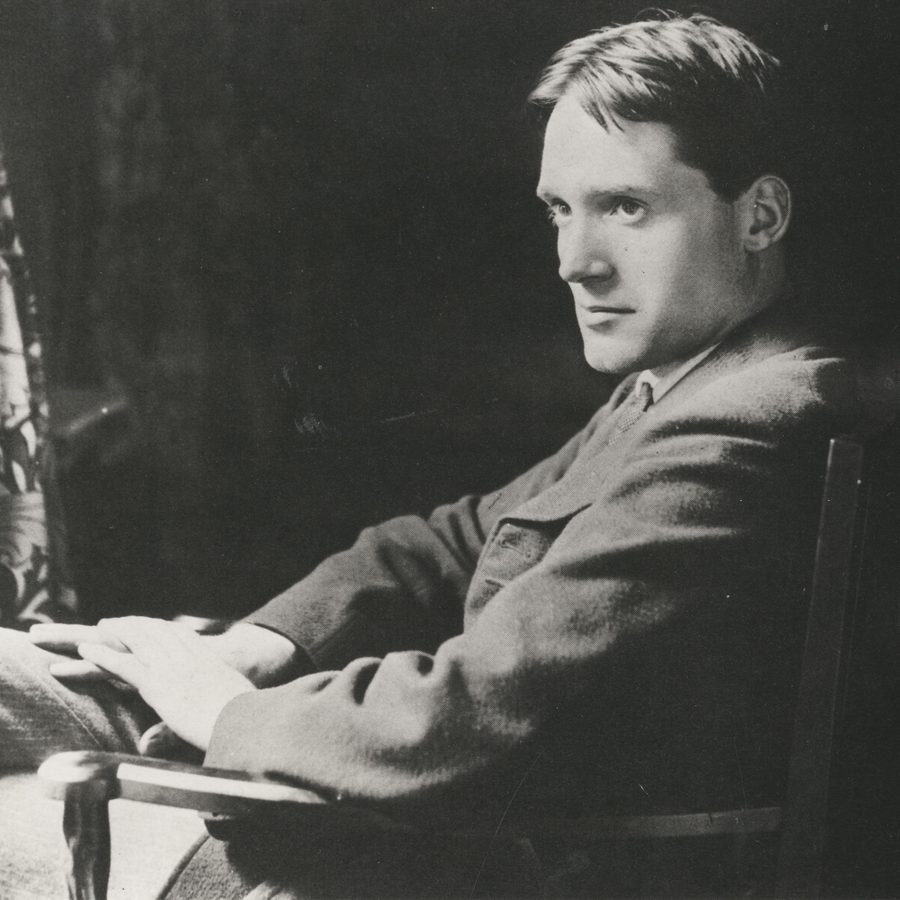
Founded in 1963 with Laurence Olivier as its first Director, the movement to found the National Theatre was over 100 years in the making.
The first call for a National Theatre came from London publisher Effingham Wilson in 1848, originally thought of as ‘A House for Shakespeare’. While Wilson’s proposal was supported by writers like Charles Dickens, the idea of governmental support for theatre as opposed to ‘fine art’ was an alien notion at the time (Rosenthal, D. The National Theatre Story. 2013).
The first detailed proposal for a National Theatre didn’t come until 1904, when critic William Archer and actor Harley Granville-Barker wrote the Scheme & Estimates for a National Theatre, popularly known as the legendary ‘Blue Book’. They proposed a repertory theatre with a resident company of ‘42 actors and 24 actresses’, a 15-member Board, a Director, and around 235 permanent staff. The theatre they imagined was to be ‘national, representative and popular’, and their scheme inspired the creation of the first organisation to make the National Theatre a reality, the ‘Shakespeare Memorial National Theatre General Committee’, in May 1908 (Archer, W. and Granville-Barker, H. Scheme and Estimates for a National Theatre. 1904).
Both Granville-Barker and Archer sat on the Executive Committee of the SMNTC, and its Handbook published in 1909 drew heavily on the Blue Book.
The aim of the ‘Shakespeare Memorial National Theatre’ was:
· To keep the plays of Shakespeare in its repertory
· To revive whatever else is vital in English classical drama
· To prevent recent plays of great merit from falling into oblivion
· To produce new plays
· To produce translations of representative works of foreign drama, ancient and modern
· To stimulate the art of acting through varied opportunities which it will offer to the members of the company (Shakespeare Memorial Committee. 1916. The Shakespeare Memorial National Theatre: Objects and Importance of the Movement. National Theatre Archive.)
The struggle to find funding and a suitable site for the theatre was a rollercoaster that went through seemingly endless ups and down throughout the wars from 1914 to 1945.
However, in 1946, the Arts Council of Great Britain was founded. For the first time it seemed possible to receive government support. After lobbying in Parliament, the National Theatre Act (1949) was passed, authorising £1m of public funds for the building of a national theatre on the South Bank, the culmination of what publisher Geoffrey Whitworth called a ‘long and often disheartening effort’ by ‘stubborn enthusiasts, fighting heavy odds’ (Whitworth, G. 1951. The Making of a National Theatre. Faber.).
The struggle to build the theatre and to get Parliament to make good on its promise went on for another 15 years.
It wasn’t until July 1961 that it was confirmed in Commons that the government would be willing to give the money. In the interim, it was decided that a National Theatre Company would be formed and based at the Old Vic. In August 1962 that Laurence Olivier publicly announced he would be the National Theatre’s first Director, and a year later, on 22 October 1963, the National Theatre opened for the first time with Hamlet.
Discover more about our history at the National Theatre Archive
From props to prompt scripts, photographs to recordings – our Archive holds a treasure trove of material relating to theatre and performance. If that sounds like heaven to you, the Archive is free and open to everyone by appointment.

